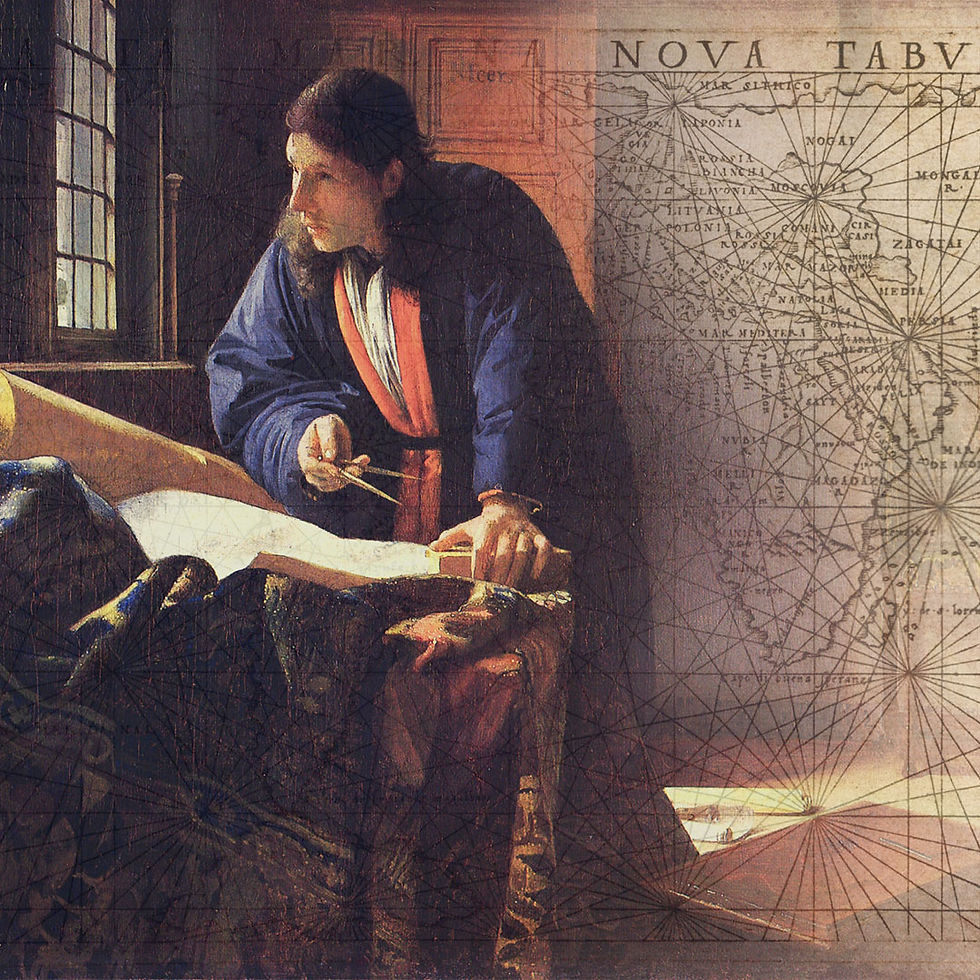The Genius on the Paper
- Palladian Routes

- Sep 13, 2021
- 2 min read
Giacomo Gastaldi, illustrious cartographer of the 1500s, was one of the great minds hosted by the city of Venice in that period.

He moved with his family in 1539 and began his career as an engineer for the Serenissima. Gastaldi composed 109 charts, a very high number for the time, and managed to represent the whole world as it was then known. His technique included and promoted the use of etching, a method certainly more precise than that used until then, the xylography, which included the use of wooden tablets that were engraved from time to time with the profile of the map.
The strong water, originally aqua fortis, exploits the phenomenon of corrosion by means of an acid, of copper plates. Therefore, the craftsman no longer had to use a point on the material to draw the outlines. Simply, once the slab had been sprinkled with greasy paint, it was removed from the areas where the acid was to take effect, by means of needles with wooden handles of various sizes. Here then through a mordant, the most common was nitric acid, attacked the metal making it ready for printing, after a thorough cleaning. The mordant was the element that gave the name to the process, because of its similarity to water, even though it was particularly powerful.
The last step involved printing by means of an intaglio press whereby the inked plate was pressed with immense force onto the sheet.
But Gastaldi's ingenuity did not stop there: among his ideas it is worth mentioning the new method to print maps in a small and easily transportable format, an example of which was the printing of a planisphere which took place in 1546, where the continental masses of the northern hemisphere appear to be united through the northernmost part of the map.



Comments